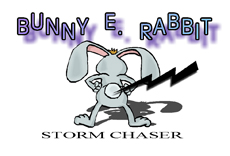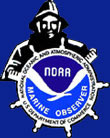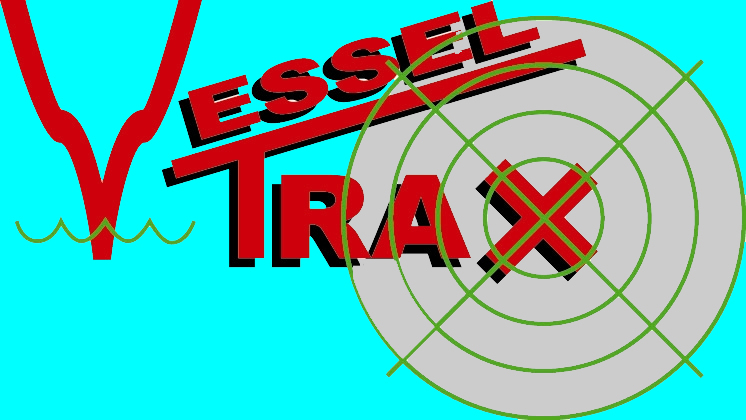 On Hard-Hit Galveston, Researchers Regroup
On Hard-Hit Galveston, Researchers Regroup By Rachel Zelkowitz
ScienceNOW Daily News
26 September 2008
"The mood is very, very up," says UTMB Associate Dean of Research David Gorenstein. As of Thursday, cleanup crews had dried out about two-thirds of the campus, and emergency generators were cranking out electricity, he says.
The UTMB campus stands on the eastern portion of the island, behind the seawall the city constructed after a hurricane devastated the town in 1900. The wall held during Ike, sparing the campus much of the destruction experienced across the rest of Galveston, where whole neighborhoods washed away. Overall, Hurricane Ike killed 50 people in the Gulf Coast and left millions more without power for a week. But the Galveston National Laboratory, a $167 million facility designed for the study of biohazards, suffered minimal damage, says the lab's associate director, James LeDuc. UTMB's biosafety level 4 lab, which holds samples of microbes such as anthrax and plague bacteria, also emerged unscathed. Elsewhere on the island, Texas A&M University's Galveston research facilities suffered virtually no damage, says campus CEO R. Bowen Loftin.
But back at UTMB, Keiller Building, the school's oldest research facility for virology and microbiology, did not fare as well. The building sits only about 2.5 meters above sea level and experienced more than 1 meter of flooding in its basement, Weaver says. Dehumidifiers hummed throughout Keiller and other UTMB buildings this past week, as work crews raced to rip out soggy flooring and dry wall, Gorenstein says: "Down in Galveston, we know all about mold."
Meanwhile, Weaver and his assistants made rounds to ensure that freezers stayed on and that animal colonies evacuated from the basement labs survived in their temporary facilities as the campus ran on backup generators. Of particular concern was a colony of Mexican mosquitoes that had taken 2 years to amass. "We're giving them a lot of TLC to keep them going," Weaver says, explaining that he feeds the larvae multiple times a day and ensures that the adults' supply of sugar water doesn't run low.
Weaver estimates that replacing some of the lab equipment that got soaked, plus repair efforts to Keiller's basement, could cost more than $1 million and mean weeks of lost time for the researchers. But LeDuc noted that research facility repair costs would amount to just a fraction of UTMB's overall losses from Ike. The school estimates it could lose some $600 million, much of that in lost revenue from closing hospital clinics for repairs, he says.
UTMB and Texas A&M researchers know that, for them, the greatest cost of Hurricane Ike will be time lost away from the lab bench rather than repair expenses. Weaver says they hope to have most of the labs across campus fully cleaned and operational within a month: "[Research] is very competitive. We can't afford to lose much time."
WEATHER NOTE
The Bow Echo: Observations, Numerical Simulations, and Severe Weather Detection Methods
ABSTRACT
Bowing convective line segments (bow echoes) are often associated with swaths of damaging downburst winds and are sometimes accompanied by tornadoes that may reach violent (F4) intensity. Bow echoes range in length from less than 20 km to more than 100 km, the latter forming a broad bowing line segment. In this manuscript, both past and recent observations of bow echo convective systems will be reviewed. The meteorological environments of long-lived derecho-producing convective systems will also be presented. This will be followed by recent conceptual models and numerical simulations of bowing convective systems. Finally, the evolution of two large-scale bow echo convective systems, which produced extensive wind damage and weak tornadoes, will be described. With the ongoing installation of a comprehensive network of Doppler radars, the National Weather Service forecaster will be required to know more about conceptual storm structure models of severe convective storms. It is hoped that this literature review will result in a greater understanding of such convective systems that are often known producers of significant severe weather events.
MARITIME NOTE
NTSB Advisory: NTSB to Offer New Course in Cooperation with NJ State Police

Thursday, October 9th, 2008
The National Transportation Safety Board is offering a two-day course - Transportation Disaster Response - A Course for Emergency Responders, at its NTSB Training Center in Ashburn, Virginia on November 18-20, 2008.
This course is designed specifically for emergency responders and planners; this course provides participants with the tools to most effectively manage a major transportation disaster. Audio/video materials, case studies, recent examples and panel discussions are employed to illustrate key principles of the unique aspects of responding to major transportation disasters.
Some of the key points that will be covered will be:
•Integrating Incident Command System and investigative processes during a transportation disaster;
•Responding to transportation events involving terrorism and/or hazardous materials;
•Maximizing resources in site security and support Staffing;
•Responding to media inquires and managing press at the Scene;
•Communicating with the local community and families of the victims;
•Providing assistance to family members;
•Forensic aspects of recovery and identification;
•Long-term issues facing the affected community following a major disaster;
Instructors will be from the NTSB, New Jersey State Police, Minneapolis Police Department and specialized FBI units. For more information please go to: http://ntsb.gov/Academy/CourseInfo/TDA402_2008.htm or contact Erik Grosof at the NTSB's Office of Transportation Disaster Assistance 202-314-6189.
Media Contact: Keith Holloway, (202) 314-6100
RS


































































































![Validate my RSS feed [Valid RSS]](valid-rss.png)